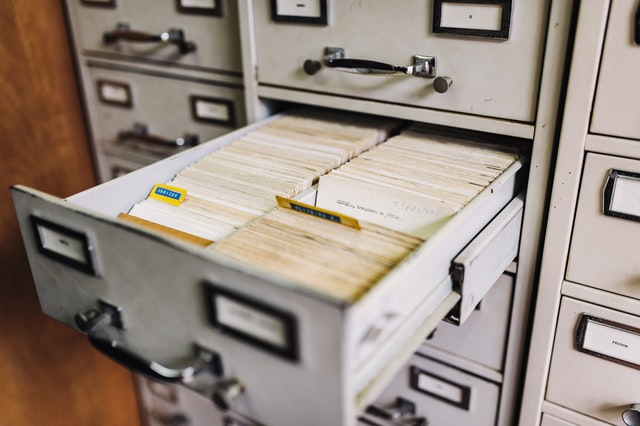As a self-employed individual, freelancer, or business owner, there are many stresses involved. Business paperwork organization and management should not be one of them. Examples of paperwork include invoices, contracts, reports, insurance policies, spreadsheets, and financial statements. There’s so much more. A sea of paperwork seems to never end, from the important to the minuscule. It’s easier to understand what you have (and what you don’t have) if you sort your business documents. Additionally, you’ll have greater control over your administrative stuff. You’ll also have less stress when you have to find something. Do you worry about paperwork all the time? Here’s something you can do to help.
Dealing With Paperwork
It is possible to keep track of business documents manually. However, this technique is not the most effective. A standard recommendation of business owners is to invest in software that can assist with invoicing, expense tracking, and payroll. Freelancers can also benefit from these solutions.
Document Management Software
In various fields, document management applications can optimize business processes. The advantages of these systems include low environmental impact, easy access, reduced labour costs, easy integration with other systems, increased productivity, and many more. The testimonials of freelancers at HelloBonsai.com are sufficient evidence of the effectiveness of these document management software. Proposals, contracts, invoices, taxes, and several other files are arranged for an optimized operation using the software.
Physical Management
1. Get appropriate equipment.
Getting all of your paperwork scattered across an office and then realizing later that you don’t have what you need to create order from chaos is not the best idea. Take a moment to make sure you have all the required materials before touching any document. Equipment such as:
- Shredder
- Filing cabinet
- File folders
- Safe for important documents
- Label maker or labels
Based on your business, goals, and existing systems, your requirements may vary. Just make sure you’re ready for the project before starting.
2. Create a good filing system.
A filing system needs to be intuitive. For those who have difficulty deciding which path to take, ask yourself: What would I search under if I were going to find this item in the future? In what way would you categorize them? Numerous options are available, including:
- By customer/client
- By year or specific periods
- By category (legal, finances)
- By document type (invoices, contracts, taxes)
Ensure you establish the same filing system for your digital files as you do for your physical files. It will help you identify how to separate and sort those documents in the most user-friendly manner. You will thank yourself later.

3. One step at a time.
Documents related to your business probably reside in many locations. There are your filing cabinets, piles on your desk, a tangle of files on the computer, plus everything in your inbox, including necessary paperwork. Make this process easier by tackling one of the areas at a time. Before dealing with the loose papers lying around your office, clean out your filing cabinet first. Using the method above, you will be able to approach this project methodically, avoid missing anything, and keep a cohesive system throughout this project.
4. Rid the “junk.”
Paperwork removal can cause a lot of paranoia. If you don’t need it again, how can you be sure? What if I require a receipt dating back to 2001? It is a legitimate concern (although not completely valid). You run the risk of clogging up your storage space with all kinds of unnecessary data. How can you determine what should be retained and what should be discarded? Although exact requirements for different types of documents can differ, it is generally a good idea to follow the “seven-year rule.” If anything in your business dates back more than seven years, you can probably discard it without causing any problems.
5. Accessibility is key.
Now that you’ve removed the clutter, it’s time to organize what remains in the system and the categories you established earlier. Think about how accessible you need your physical documents as you put them away. The filing system you use should be a benefit rather than a hindrance. Making these considerations allows you to store things in a manner that makes sense for how you work every day.
6. Digital Backup.
While the amount of physical paper involved with business ownership has decreased, you still likely have many physical documents. Although this step is entirely optional, it can help you feel more secure knowing that you can always access the information you need. Create a digital backup for all your physical paperwork by scanning important documents into the cloud or an external hard drive. If the worst occurs-such as a fire, flood, or another similarly disastrous event-you won’t lose everything right away.
The fact that many freelancers use the internet makes digital file organization a beneficial practice for them. Ensure you choose an organization system that works for you so that everything is easy to find, including office files and client documents.
